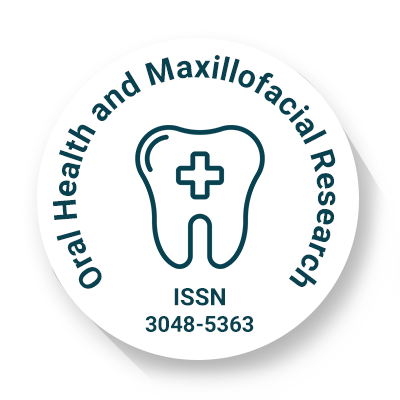
Oral Health and Maxillofacial Research
OPEN ACCESS
ISSN: 3048-5363

OPEN ACCESS
ISSN: 3048-5363

Orthognathic surgery, integral to modern dental care, addresses both aesthetic and functional issues arising from facial deformities and jaw misalignments. Pioneering contributions by figures such as Edward Angle, Vilray Blair, Martin Wassmund, and Hugo Obwegeser have propelled the field forward, leading to contemporary techniques like Le Fort osteotomies and sagittal split osteotomies. These surgical procedures correct occlusal dysfunctions, enhance facial symmetry, and significantly improve patients' quality of life. A comprehensive preoperative assessment involving medical, dental, and sociopsychological evaluations, along with precise aesthetic analysis, is crucial for successful outcomes. Recent advancements, such as virtual surgical planning and minimally invasive techniques, have further refined orthognathic surgery, enhancing precision and reducing recovery times. The benefits of orthognathic surgery extend beyond physical corrections, encompassing psychological improvements by boosting self-esteem and social confidence. Postoperative care focuses on managing discomfort, maintaining oral hygiene, and adhering to dietary restrictions to facilitate recovery. Despite its benefits, the surgery carries potential risks, including infection, bleeding, nerve damage, and relapse, necessitating meticulous planning and patient compliance. This review highlights the historical development, current practices, and future directions of orthognathic surgery, emphasizing its transformative impact on both aesthetics and functionality in dental care.